As the former capital of the Thai Kingdom, Ayutthaya was an impressive site, with three palaces and more than 400 temples. Home to over a million people, the island city was one of Asia’s major trading ports and international merchants visiting from around the globe were left in awe. In 1767, the Burmese attacked and conquered Ayutthaya. The majority of the once magnificent reliquary towers, monasteries, temples and palaces were destroyed during this invasion. However, several structures have been restored and tourists are welcome to visit these wonderful Ayutthaya attractions.
7. Wat Phu Khao Thong[SEE MAP]
Out in the flat plain of rice fields and fish ponds, northwest of Ayutthaya rises the stark white stupa of Wat Phu Khao Thong. The name literally translates to “Golden Mount.” The original chedi on the site was built in 1569 by the Burmese during a brief occupation of Ayutthaya. When they were finally run out of the city, Buddhist law prohibited the Thais from pulling down this reminder of Burmese occupation. They had to put up with it for nearly 200 years until the temple finally collapsed due to lack of maintenance. King Borommakot promptly put up the chedi more or less as you see today on the Burmese base. Visitors can climb halfway up, from which the surrounding rice fields and the town of Ayutthaya can be seen.
6. Wat Ratchaburana[SEE MAP]
Wat Ratchaburana was founded in 1424 by King Borommarachathirat II on the cremation site of his two elder brothers. The two brothers had fought to their deaths in a duel for the royal succession. The temple’s main prang (tower-like spire) is one of the finest in the city. The prang’s crypt, accessible by steep stairs, houses faded frescoes. The crypt’s Buddha images, now housed in the Chao Sam Phraya Museum, exhibit both Khmer and Sukhothai influences.
5. Wat Phanan Choeng[SEE MAP]
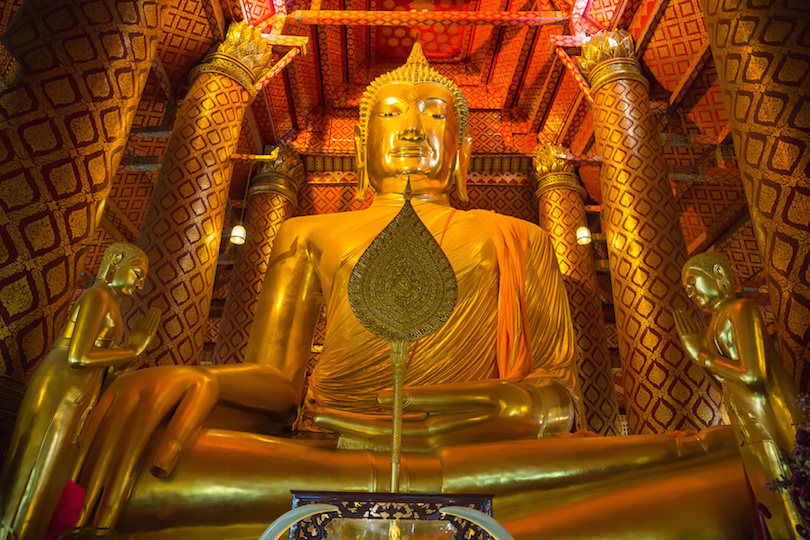
On the south side of Ayutthaya, right where the Chaophraya and Pasak rivers meet, is one of Ayutthaya’s oldest temples. The large wihan, the highest building within the temple complex, houses an immense gilded 19 meter (63 feet) high seated Buddha from 1334. On the walls of the wihan are hundreds of niches containing small buddha images. Each Buddha represents a donation to the temple. If you make a big enough donation (about 500 Baht at least) you can get your own Buddha placed on the wall.
4. Wat Phra Si Sanphet[SEE MAP]
Wat Phra Si Sanphet was built by King Boromatrailokanat in 1448 as his private chapel within the grounds of the former royal palace. It was reportedly one of the grandest temples in the ancient capital, and it is still one of the best preserved on the island. The temple took its name from the large standing Buddha image erected there in 1503. The statue stood 16 meters (53 feet) tall and was covered with more than 150 kilograms (330 pounds) of gold. The Buddha was smashed to pieces when the Burmese sacked the city. King Rama I collected the remaining pieces and placed them in a chedi at Wat Po in Bangkok. Today, the distinctive three pagodas of Wat Phra Si Sanphet are one of the most famous sights in Ayutthaya.
3. Wat Yai Chai Mongkhon[SEE MAP]
Wat Yai Chai Mongkol (or Wat Chao Phaya Thai) is an active temple in the southeastern part of the ancient city. An impressively large Reclining Buddha statue lies in the temple grounds. The temple was built in the 1357 during the reign of King U Thong, the first ruler of Ayutthaya. A large chedi was built in 1592 to celebrate King Naresuan’s single-handed defeat of the then Burmese crown prince in a duel on elephants.
2. Wat Chaiwatthanaram[SEE MAP]
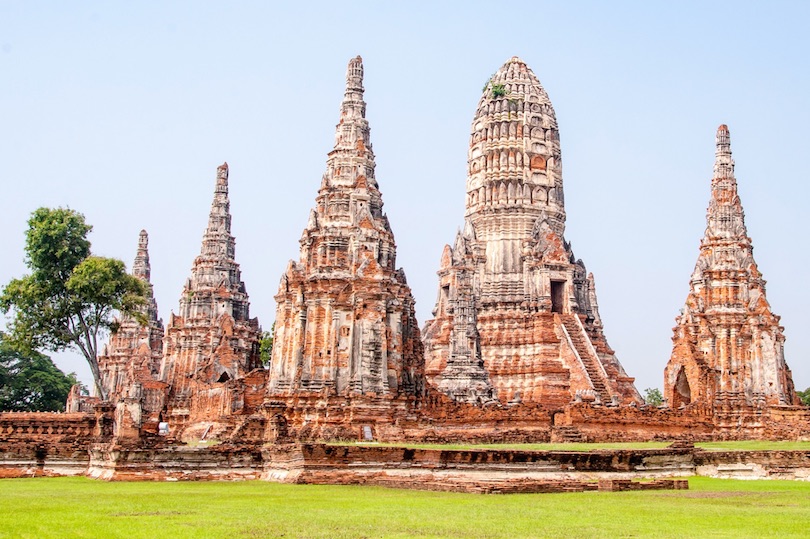
Wat Chaiwatthanaram lies on the west bank of the Chao Phraya River, just outside the old city of Ayutthaya. The Khmer-style temple was constructed in 1630 by King Prasat Thong to honor his mother. Situated atop a rectangular platform, a 35-meter (115-foot) high central prang (tower-like spire) is surrounded by four small prangs, which are in turn flanked by eight chedi (stupa)-shaped chapels that sit outside the platform perimeter. Buddha statues once populated the chedis and the outer walls of the temple, painted vividly in gold and black, but fragments are all that remain of these decorative elements.
1. Wat Phra Mahathat[SEE MAP]
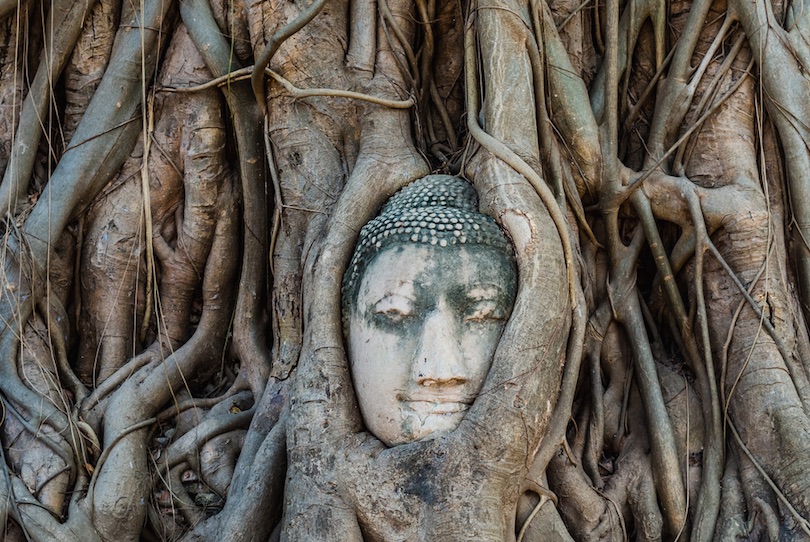
Wat Mahathat (Temple of the Great Relics) is located almost right in the center of Ayutthaya. Apart from being the symbolic center where the Buddha’s relics were enshrined, Wat Mahathat was also the residence of the Supreme Patriarch or leader of the Thai Buddhist monks. At the fall of Ayutthaya in 1767, the large temple was quite thoroughly ransacked by the Burmese. Still, it is one of the most popular attractions in Ayutthaya due to the famous tree that has grown around a Buddha head.
Best Time to Visit Ayutthaya
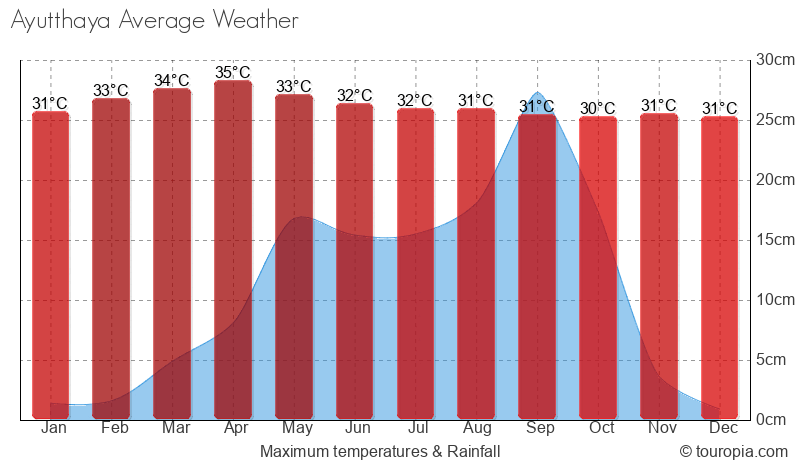
Although Ayutthaya has three seasons, it remains very hot and humid the whole year round. November through to February is the best time to visit as it’s slightly cooler, there is less rain and you can take relaxing cruises along its river or even to Bangkok.
As conditions are better for sightseeing, the temples and palaces get very crowded with hotel prices also being higher. December in particular is very busy thanks to Thailand’s numerous national holidays and the week-long Ayutthaya World Heritage Fair. As temperatures remain in the thirties (mid-80s), you’ll still need to hydrate and seek shade if it gets too hot.
After this, the hot season sets in from March to June and most tourists stay away as the city becomes unbearably hot. If you can brave averages of 35°C (95°F), Songkran or Thai New Year in April can be a good excuse to visit when the prices and crowds are low.
Although July to October is the rainy season and an incredible amount of rain pours down, the summer months still see a lot of visitors. This is because both the Buddhist Lent Festival and candlelit Khao Phansa Festival take place. After August, numbers drop drastically until November comes around again.

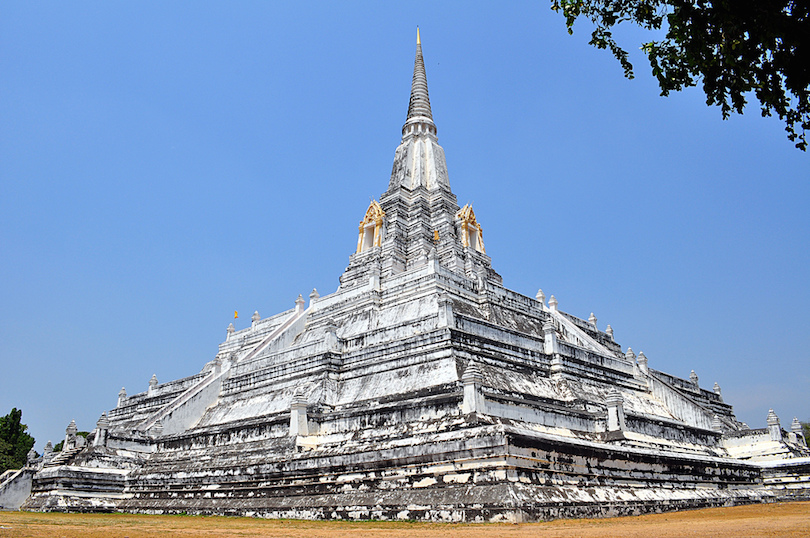
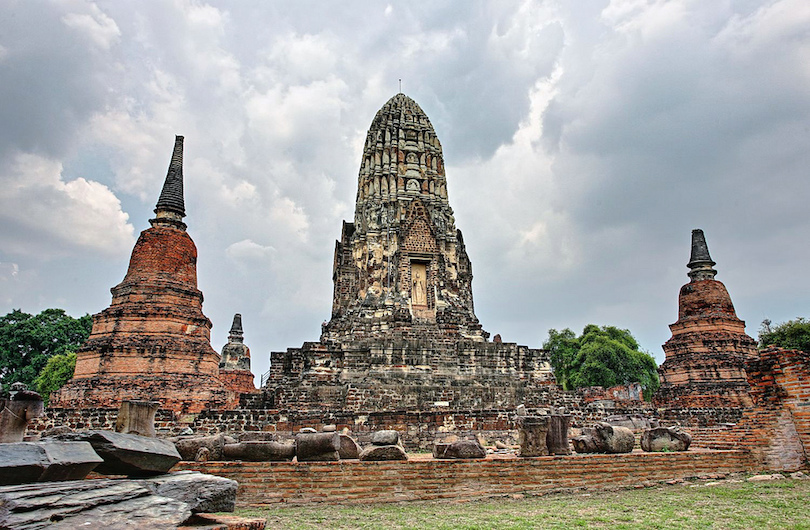
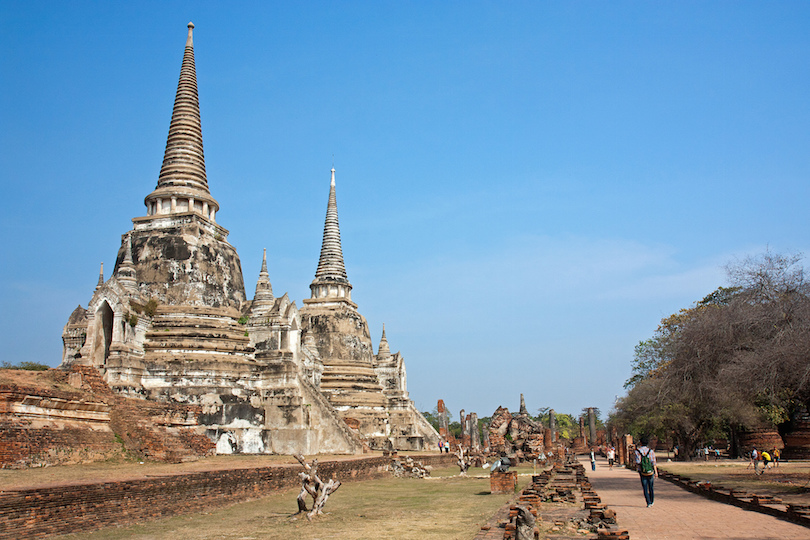
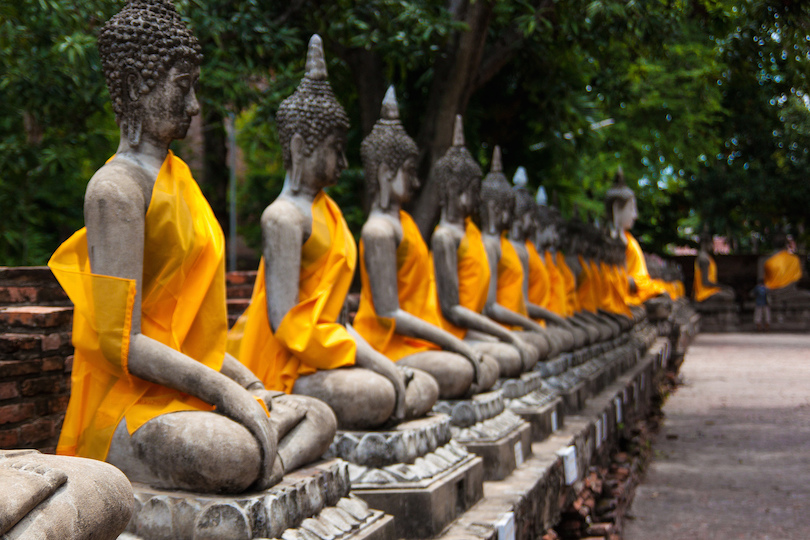
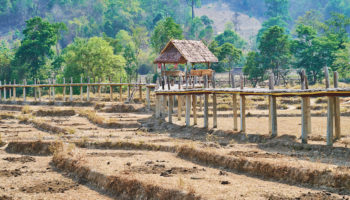
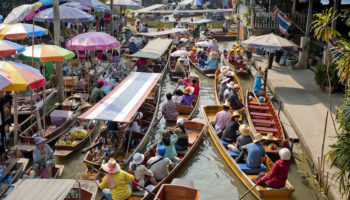
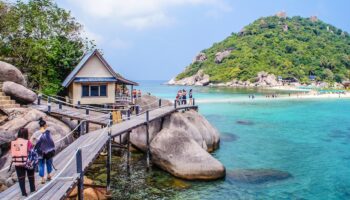
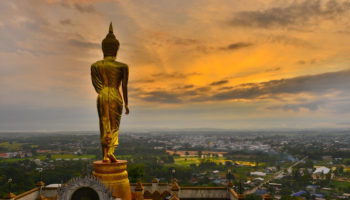
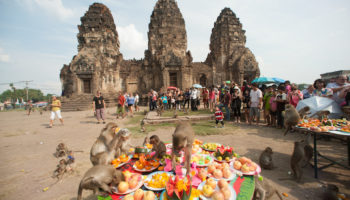
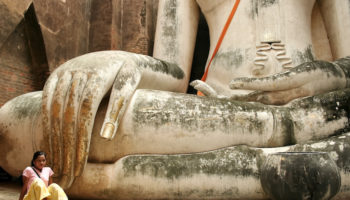
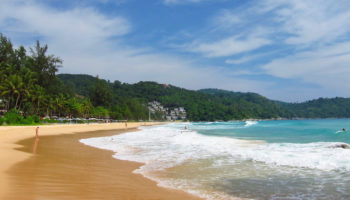
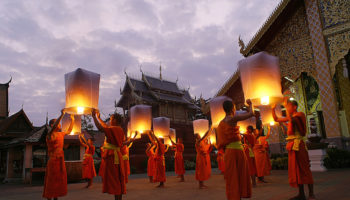
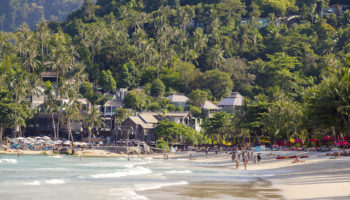

Definitely gotta get here. I love history and visiting places I could only imagine
Nice photo of the White Golden Mountain (Wat Phu Kao Tong). We recently visited Ayutthaya and the tempe is now really white and gold. It’s beautiful.